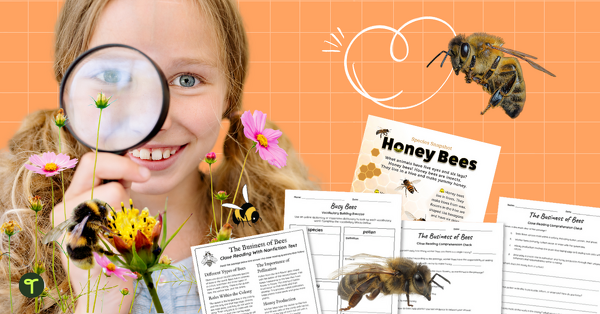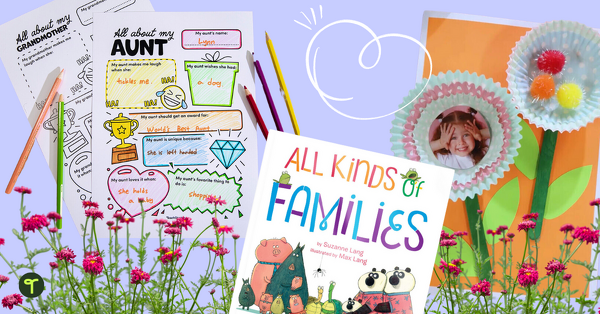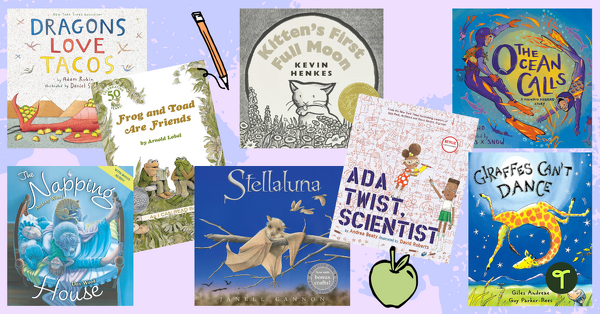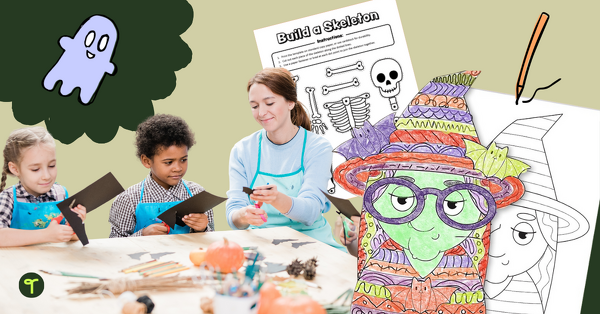During such unprecedented times, we often seek out regular routines or normalcy to find comfort. It’s important to sit back and think about how your students may be feeling during this global pandemic. As teachers, we know that teaching social-emotional skills to kids can help during times of stress. So, incorporating social-emotional learning during your lessons is incredibly important. In this blog, we outline some activities and digital resources that you can use both in class or at home to help your students.
Social-Emotional Learning for Kids
Here are ten tips for supporting and helping children along their social-emotional development journey.
(1) Teach Mindfulness
The positive benefits of teaching mindfulness to children have been proven across a number of studies. A five or ten-minute daily mindfulness practice every single day can help students reduce stress and anxiety, increase concentration and engagement, sleep better, improve social skills, and develop problem-solving and decision-making skills. Remote learning shouldn’t change this.
We have a huge collection of mindfulness activities for kids that you can send home to students, or use in the classroom.
Printable mindfulness resources for kids:
[resource:1512074][resource:699423][resource:1512446][resource:3688130][resource:4365150][resource:4363706][resource:3688002][resource:691682]
[resource:4401748][resource:4401755][resource:4401762]
The value of guided meditations in a child’s development of mindfulness and self-regulation is immense. Guided meditations teach children the language of mindfulness as well as life-long meditation skills that can help improve self-awareness and concentration.
(2) Use Social Stories for Little Learners
While social stories have traditionally been a tool used for children with ASD, they can be helpful to explain different social scenarios for little learners. Social stories are written in the first person, with the child as one of the key characters. This makes it more relatable for the children. Here’s an example of one that we have transformed into a video. A simple social story that explains how to prevent germs from spreading.
Social Stories resources for kids (including student-facing video) that may help during this time:
[resource:4454548][resource:4454681][resource:2658650][resource:4280366]
(4) Talk about Current Events In Child-Friendly Language
Talking about the current events that are taking place in kid-friendly language is important. The reality is that your students are listening to their parents talk about the global pandemic, or possibly watching the news, so breaking it down into language they will understand allows them to feel more in control of their own thoughts and feelings.
To help with this, we have a few episodes on our podcast for kids that cover a range of topics, including a short story by one of our favorite author’s Julia Cook!
[resource:4401713][resource:4401720][resource:4401734][resource:4401741]
(5) Use Visual Cues for New Concepts
Incorporating visual cues for new concepts such as social distancing alleviates any unknowns for your students. Discussing what your students can do, rather than what they can’t do is always going to make it feel more positive.
Classroom morning greetings are so important when it comes to your daily classroom routine. Not only do they deepen your relationship with each individual student, but they also help students learn those critical communication skills. Don’t let social distancing squash this powerful part of your routine. Use this set of Non-Contact Morning Greetings Posters to show your students the different non-contact greetings they can use to greet you and their friends each morning.
(6) Daily Feeling Check-In
Making it routine to invite children to talk about how they are feeling each day will give you a clear understanding of how they are doing emotionally. Set aside some time for students to create their own feeling sticks (like the ones in the photo below). Then, during morning meetings – ask students to hold up how they are feeling today!

Here are some other printable feelings resources that could also work well:
[resource:4418328][resource:3308162][resource:2665018][resource:3307426]
(7) Morning Meetings!
Morning Meetings are a great way to start each day in your classroom. Not only do they build a strong sense of community, but they also set your students up for a successful day, both socially as well as academically. Our new Editable Morning Meeting Slides are the perfect template for you to use during your meeting to present important information to your students in the class, or virtually!
(8) The Worry Waterfall
Do you have a child who struggles with anxiety in your class?
As we all know, an increasing number of children are experiencing feelings of stress and unease. Help children deal effectively with worrying thoughts by showing them our Worry Waterfall poster and guidelines.
(9) Smiling Minds
We have recently discovered this amazing website – Smiling Minds! A not-for-profit web and app-based meditation program developed by psychologists and educators to help bring mindfulness into the life of children!
They have just recently released some new digital care packs to support kids’ mental health throughout the COVID-19 pandemic and beyond.
(10) Remember to Look After You!
When all is said and done – all of this is new for you as well! Take some time to reflect on how you are coping and make sure you factor in mindful moments. Schedule in time to de-stress, have a chat with colleagues, and make sure you are taking care of your physical wellbeing!










Comments